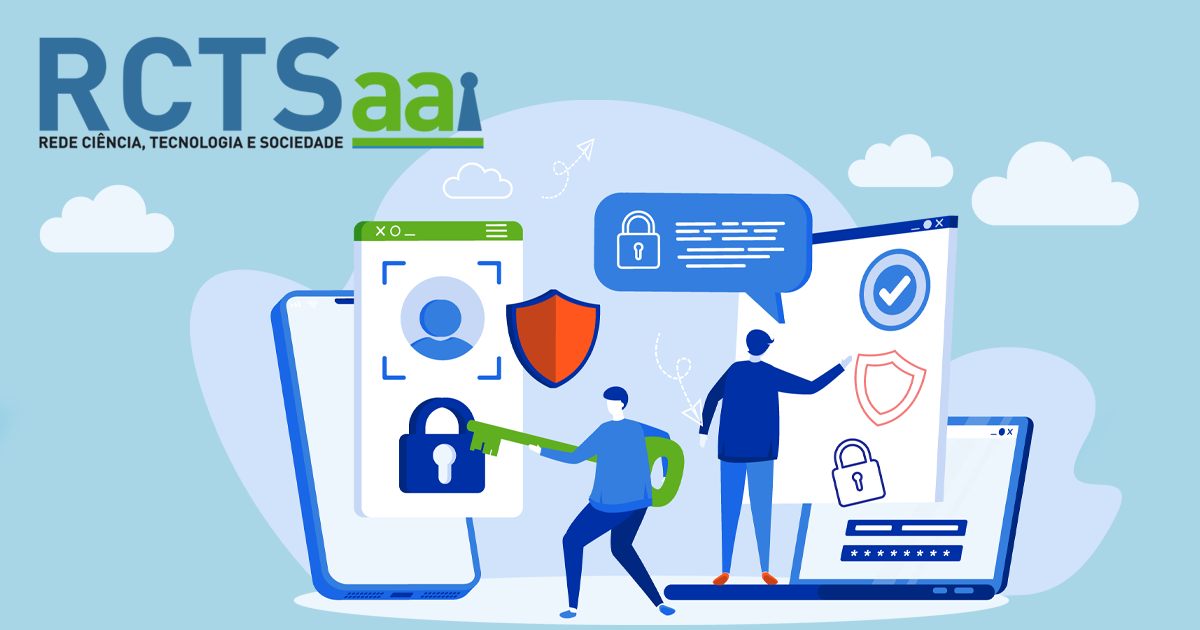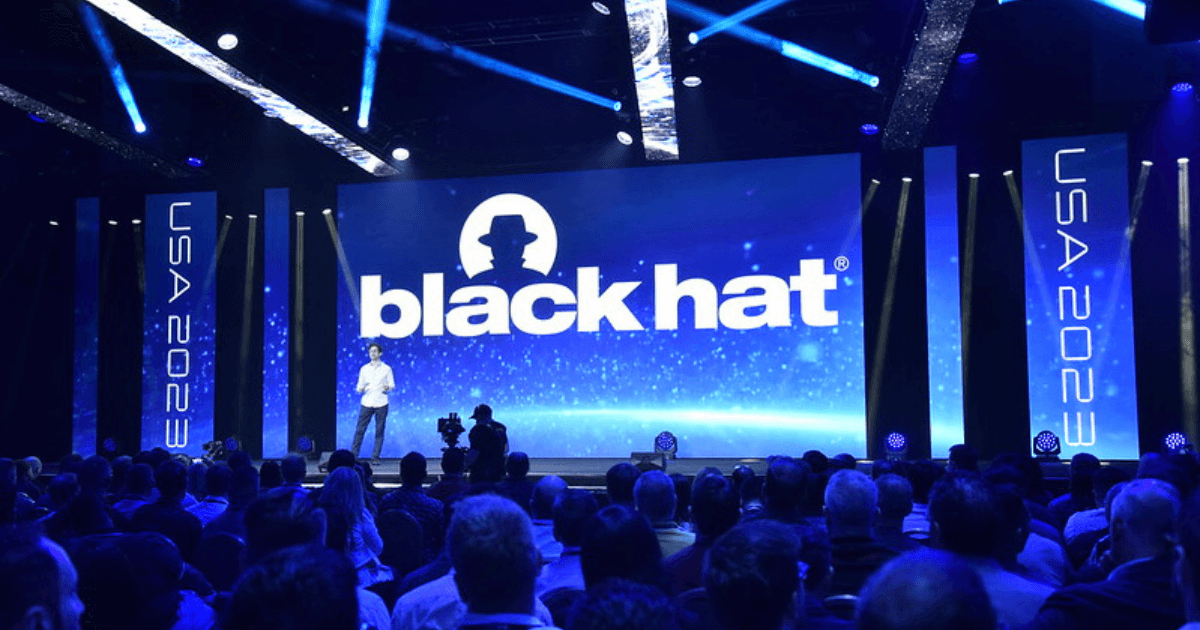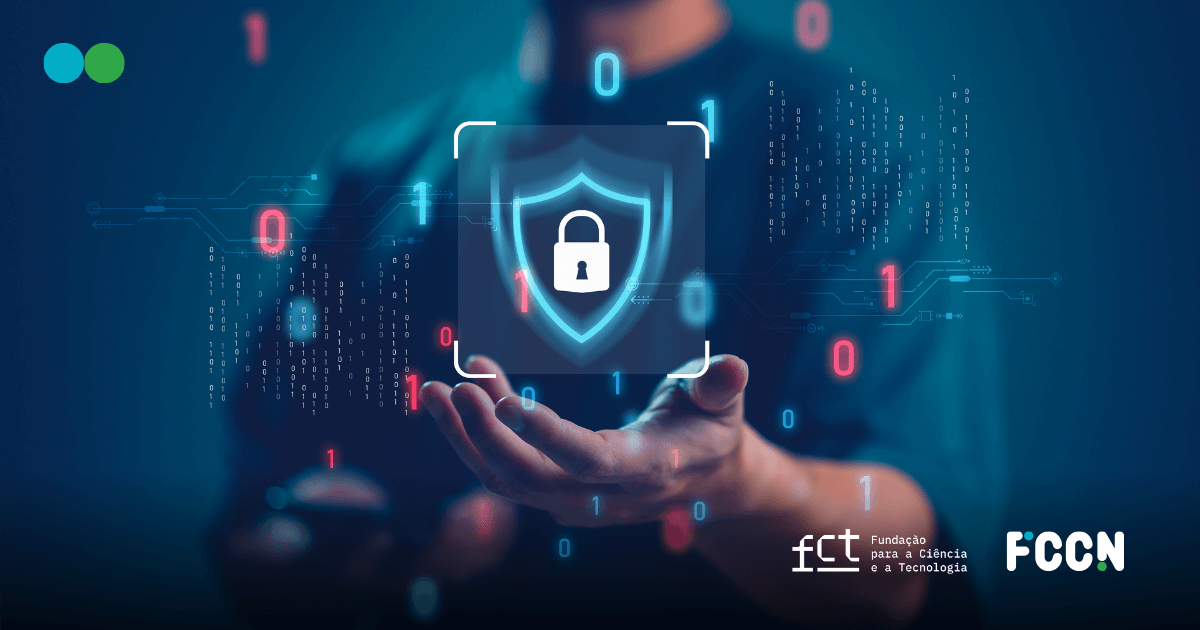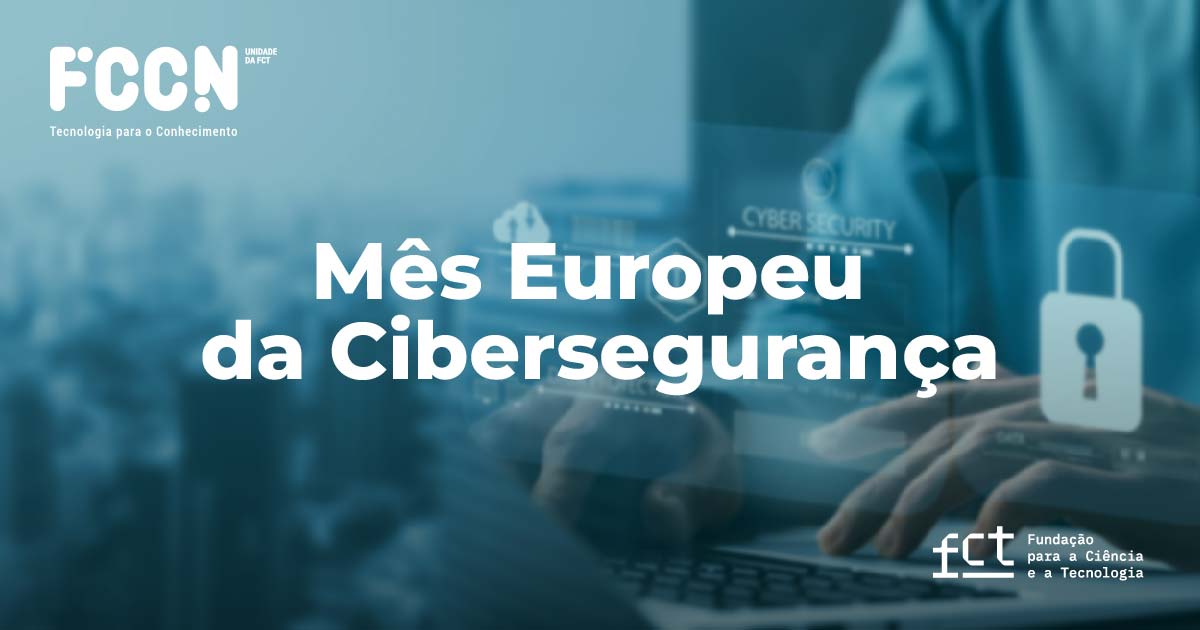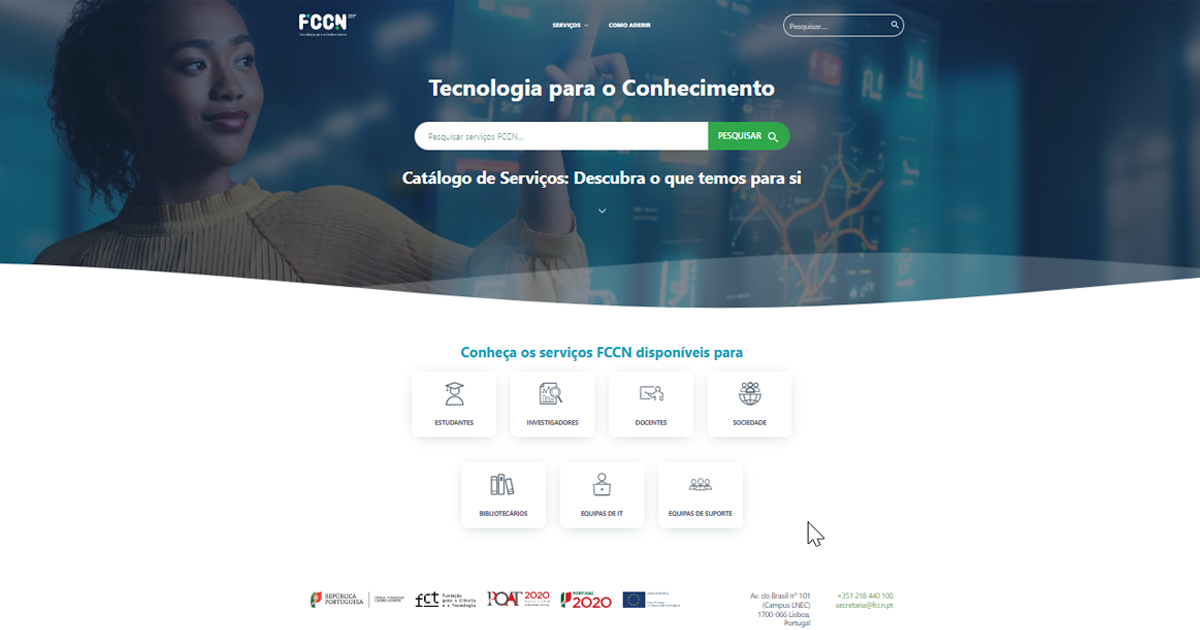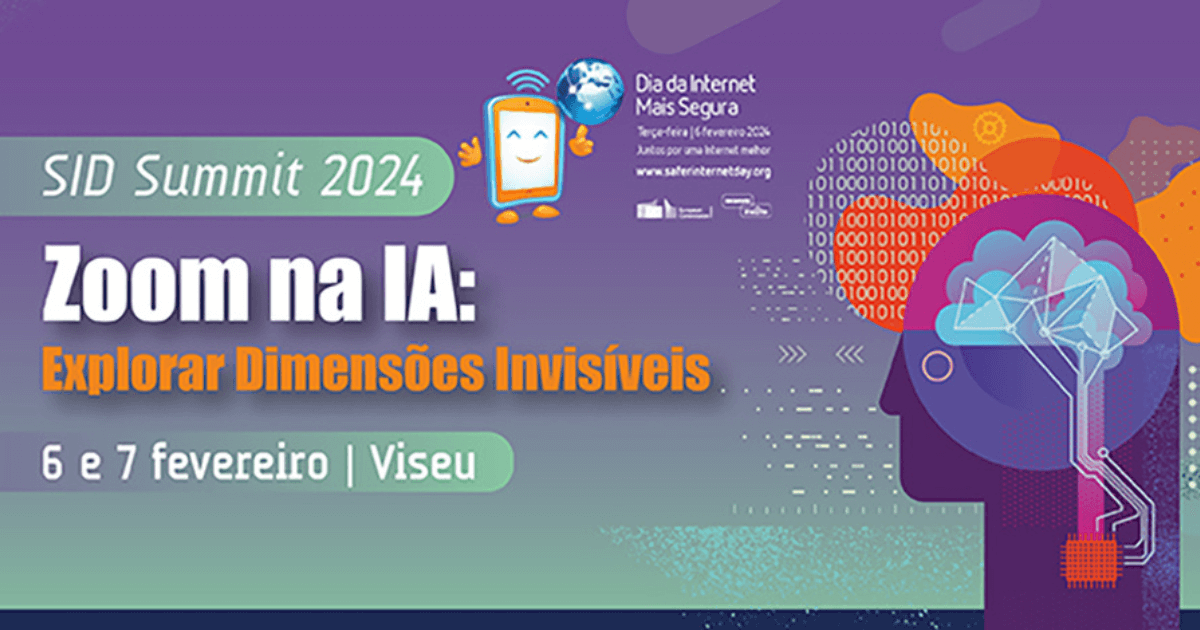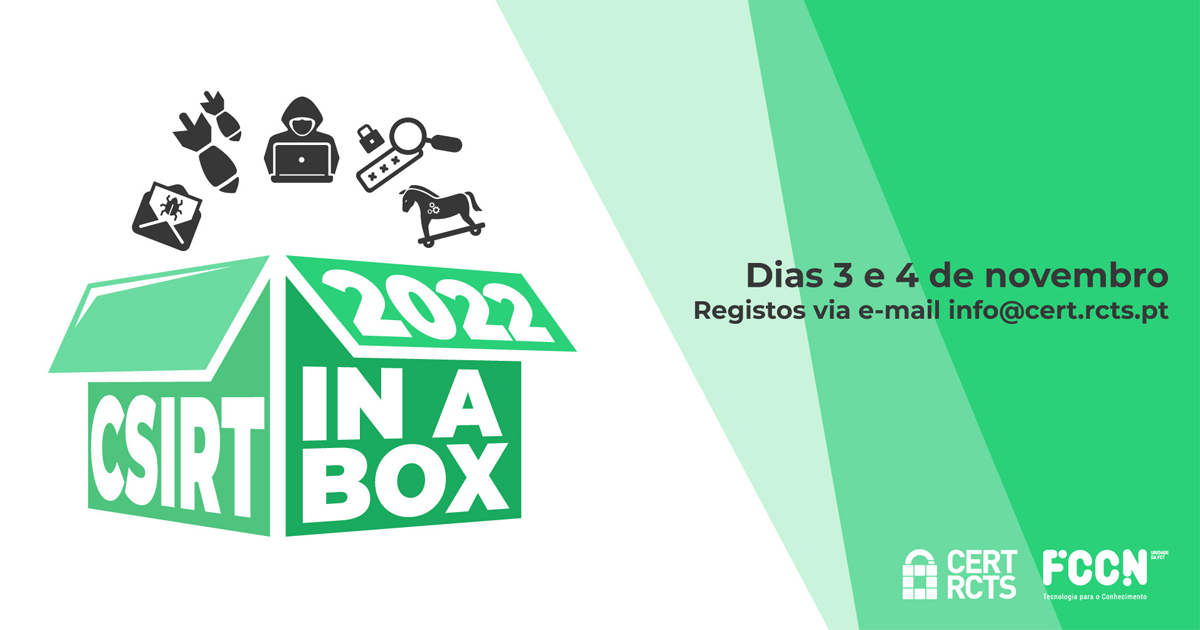
Find out about the technological possibilities offered by the RCTSaai service - which allows you, by logging in with your institutional account, to access all the web services made available by the Unit FCCN to its RCTS community.
Federated Authentication: 4 advantages of the RCTSaai service
#1 "One Key"
"A single key for all services" is how the RCTSaai service describes its main purpose. At the basis of this possibility, we find federated authentication technology - or single sign-on (SSO) - which allows users to securely access all the web services that are part of the FCCN universe by simply entering a single credential.
#2 Easy access to services FCCN
The federated authentication is supported by the RCTSaai infrastructure, which is responsible for authentication and authorization of users, simplifying the access of services to the entire RCTS community. This way, in practical terms, students, teachers, employees or researchers from institutions adhering to this service can easily and simply use their institutional account to access this list of services.
Educast, eduroam, Colibri, Filesender, Videocast or b-on are just some of the examples of services made available through this technology. All RCTS teaching or research institutions can join this infrastructure here.
#3 Ensures a global connection
Since 2016, the possibility of federated authentication connected to the RCTS network has increased exponentially in size. This growth was due to the implementation of the eduGAIN project by GÉANT. Through eduGAIN, it is possible for national users to access services provided by other federations, managed by other national education and research networks, as long as their institution is a member of the RCTS Identity Federation.
The possibility of configuring the eduroam network (CAT), access to a videoconference room testing system (eduCONF) or a support service for identifying and contracting the best cloud services are just a few examples.
#4 Ensures safe access
RCTSaai allows service providers to provide users from other entities with access to services in a simplified and secure way: there is no need for local management of user credentials and authentication is performed in the origin institution, in a protected and encrypted environment.
